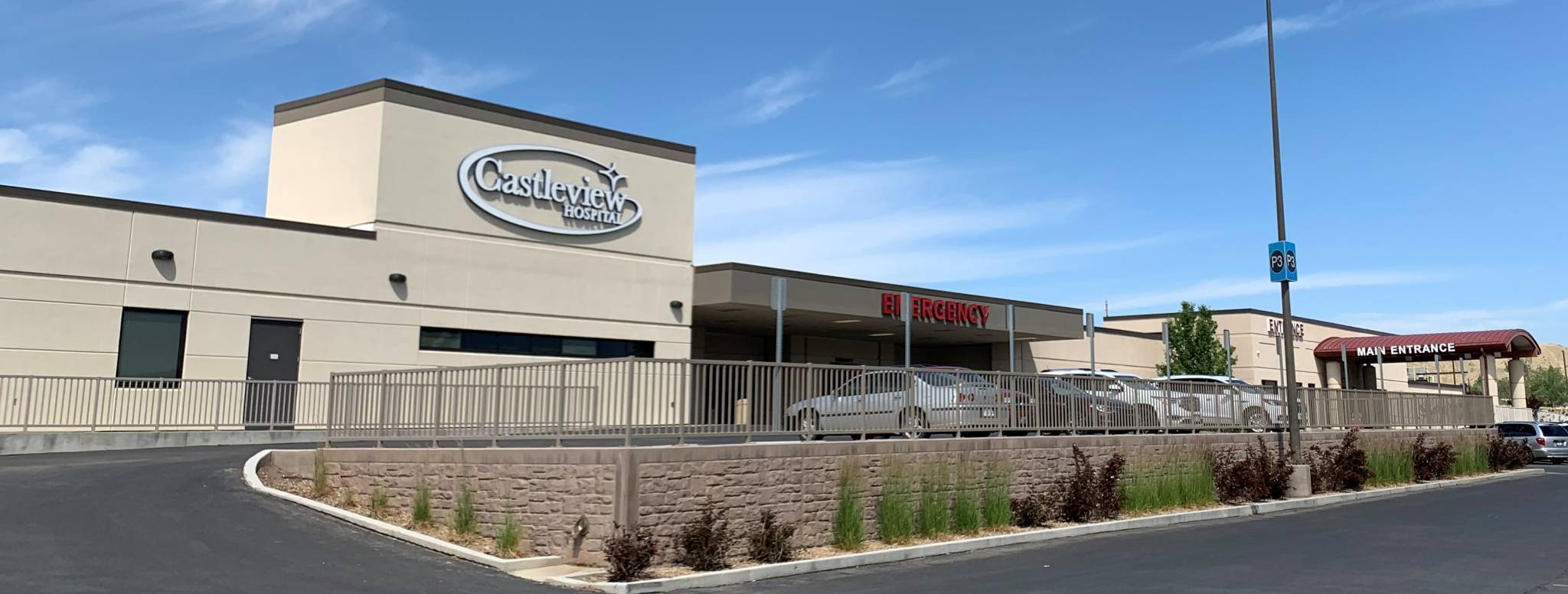By J. Daniel Rasband, MD, Radiologist, Castleview Hospital
Lung cancer is the second-most common cancer in the United States, and the most common cause of cancer-related death. While many things contribute to your risk of developing lung cancer – such as your genes, your family history of cancer, and exposure to carcinogenic substances like asbestos – cigarette smoking is the number one risk factor. The vast majority of lung cancer patients are smokers or former smokers, and the more years you’ve smoked, the greater the danger to your health.
The best way to fight lung cancer is to quit smoking, or to not start smoking to begin with. But even once you’ve stopped smoking, your risk isn’t completely gone. For patients who used to smoke heavily, screening for lung cancer through a low-dose computed tomography (LDCT) scan may be the best way to get treatment when it matters most.
November is Lung Cancer Awareness Month – the perfect time to learn if an LDCT scan is right for you. Here’s what you need to know about this potentially lifesaving screening:
What is an LDCT scan?
A low-dose computed tomography (LDCT) scan uses low-dose X-rays to view the inside of your lungs. The X-ray machine takes pictures from different angles to create a three-dimensional image of your lung tissue. This makes it possible to detect signs of cancer early, even before you feel any symptoms.
What does an LDCT scan look like?
An LDCT scan is quick, painless and non-invasive. When you arrive for your screening, a technician will ask you to remove all jewelry and metal items. You will lay flat on a padded table, which will slowly slide through a large, ring-shaped scanner. The scanner will take X-ray pictures from multiple angles, which a trained radiologist will use to look for abnormalities that may indicate lung cancer. Based on your results, your doctor may ask to schedule follow-up screenings or treatment.
The test will take 10-15 minutes. You don’t need to prepare for the screening in any special way – there is no medication involved, and you can eat and drink before and after. However, if you feel sick on the day of your exam, it’s important to reschedule as some illnesses may interfere with your results.
Should I be screened?
Lung cancer screening isn’t right for everyone. For patients who are at low risk, frequent screening could lead to unnecessary expenses or false positive results. If you are at high risk, however, lung cancer screening could save your life. Because lung cancer often exhibits no symptoms until later stages, getting screened early – even when you feel healthy – is the best way to detect the disease when it’s still treatable.
Before getting screened, it’s important to consult your primary care physician, who can evaluate your risk and refer you for a screening if appropriate. Screening may be right for you if you have the following risk factors:
- You are age 50-77. Medicare covers up to 77 years of age, but private insurance may cover up to 80 years. Talk with your provider about your options.
- You smoke, or you used to smoke within the last 15 years. While genetic and environmental factors can increase your risk, smoking is by far the greatest contributor to lung cancer.
- You smoke, or you used to smoke, a pack of cigarettes per day. Screening is recommended for patients with a “20 pack-year” smoking history. This means that you’ve smoked the equivalent of a pack of cigarettes per day for 20 years, or two packs per day for 10 years.
Most people will never need to receive a lung cancer scan. But for those who do, preventive screening is essential for living a long and healthy life. This November, ask your primary care provider if an LDCT scan is right for you.
To learn about your lung cancer risk, talk to your primary care provider or take our Health Risk Assessment at CastleviewHospital.net/Lung. For more information on lung cancer risks, symptoms and prevention, visit www.cdc.gov/cancer/lung and www.cancer.org/cancer/lung-cancer.html.

